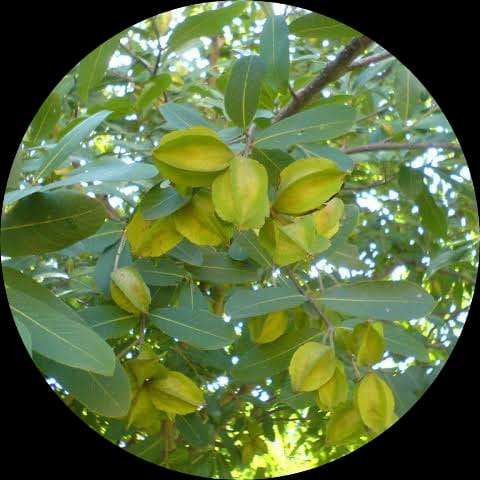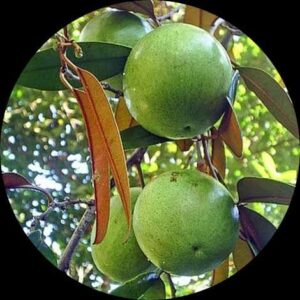- Empty cart.
- Continue Shopping
Neermaruthu (Terminalia arjuna)
Original price was: ₹373.00.₹298.00Current price is: ₹298.00.
Genus :Terminalia
“The Neermaruthu Plant is a valuable plant with medicinal properties. It is commonly used in traditional herbal remedies for its therapeutic benefits. Add a touch of uniqueness to your garden or indoor space with this remarkable plant.”
Terminalia arjuna is a large deciduous tree that belongs to the Combretaceae family. It is commonly known as arjuna, arjun tree, or simply terminalia. The tree is native to the Indian subcontinent and can be found in many parts of South Asia.
The arjuna tree can grow up to 20-30 meters in height and has a wide canopy that can spread up to 20 meters. The bark of the tree is smooth and grey, with vertical fissures and exfoliating flakes. The leaves are green, elliptical in shape, and around 10-20 cm in length. The tree produces small, white, fragrant flowers that bloom in clusters from March to June.
The fruit of the arjuna tree is a hard, woody drupe that is about 2-2.5 cm in length. The fruit is green when young and turns yellow or brown as it ripens. The fruit contains one or two seeds which are enclosed in a hard shell.
Terminalia arjuna has been used for centuries in Ayurvedic medicine for a variety of ailments. The bark of the tree is particularly valued for its cardiovascular benefits and is used to treat conditions such as hypertension and angina. The bark also has anti-inflammatory and analgesic properties and is used to treat wounds, fractures, and other musculoskeletal disorders. The leaves of the tree have antibacterial properties and are used to treat infections.













Reviews
There are no reviews yet.